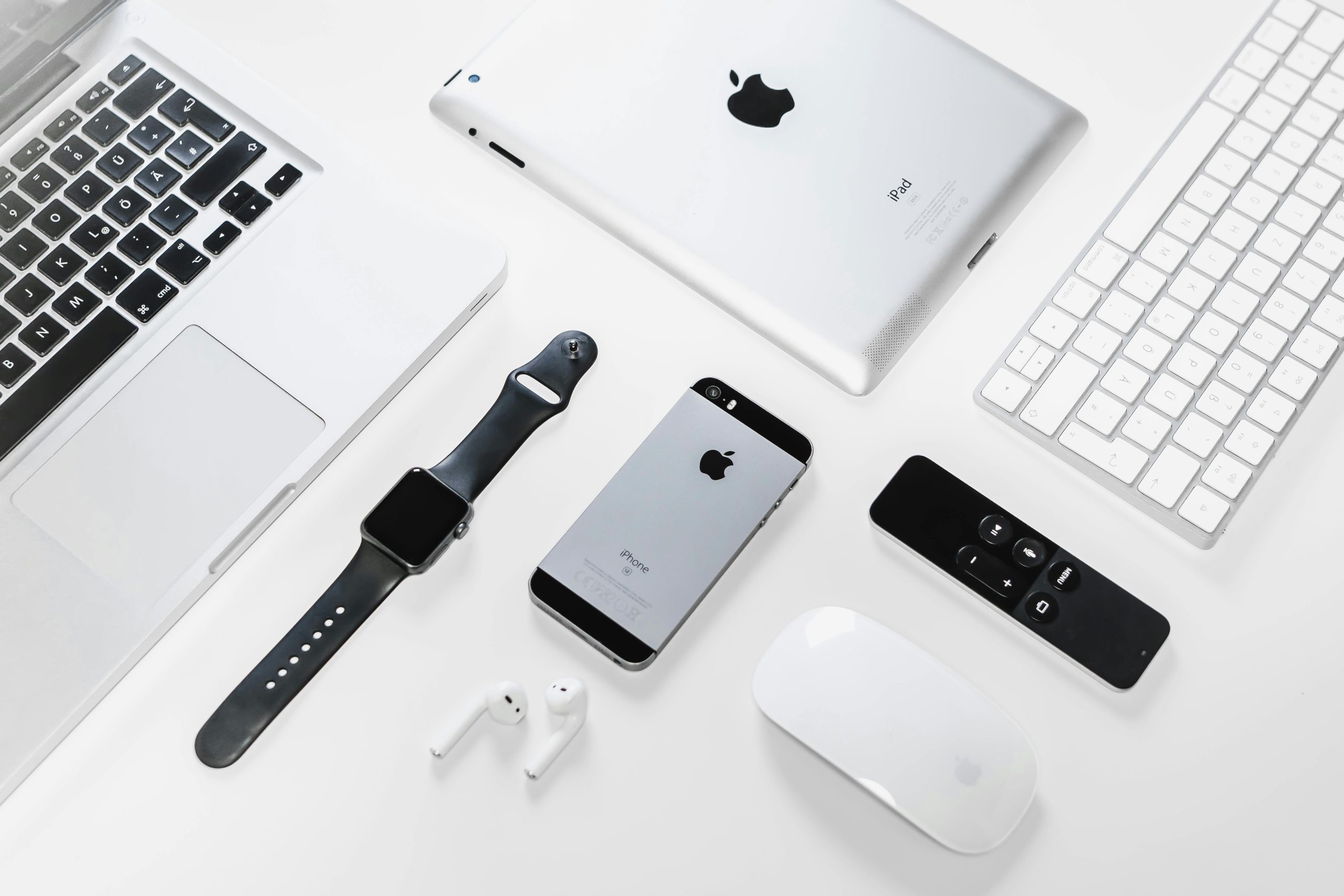How to Get Apple Music on Your Mac

Apple Music offers a vast library of over 100 million songs, providing a comprehensive music streaming experience for Mac users. Whether you’re looking to discover new artists, revisit old favorites, or enjoy high-fidelity audio, getting Apple Music on your Mac is a straightforward process. This guide will walk you through everything you need to know, from subscribing to optimizing your listening experience with features like Spatial Audio and Lossless Audio.
Subscribing to Apple Music on Your Mac
To access the full Apple Music experience on your Mac, you’ll need an active subscription. If you’re new to the service, Apple typically offers a free trial period, often one month, or even up to six months with the purchase of eligible Apple hardware.
Creating or Signing In with Your Apple ID
The first step is to ensure you have an Apple ID. If you already use other Apple services like the App Store or iCloud, you likely have one. If not, you can create one during the Apple Music signup process.
Steps to subscribe
- Open the Music app on your Mac.
- In the menu bar at the top of the screen, click on Account.
- Select Join Apple Music from the dropdown menu.
- Follow the on-screen instructions to complete your subscription. You will be prompted to sign in with your Apple ID and provide a payment method.
Navigating the Apple Music App on Mac
Once subscribed, the Music app on your Mac becomes your gateway to a world of music. The interface is designed for intuitive browsing and playback.
Key Sections of the Music App
- Listen Now: This section offers personalized recommendations, new releases, and curated playlists based on your listening habits.
- Browse: Explore new music, charts, genres, moods, and expertly curated playlists.
- Radio: Tune into live radio stations like Apple Music 1, Apple Music Hits, and Apple Music Country, or create your own stations based on songs or artists.
- Library: This is where all your added music, downloaded songs, and created playlists reside. You can also access your purchased music from the iTunes Store here.
- Search: A powerful tool to find any song, album, artist, or playlist within the Apple Music catalog or your own library.
Downloading Music for Offline Listening
A significant benefit of an Apple Music subscription is the ability to download songs, albums, and playlists for offline playback. This is perfect for listening on the go or when you don’t have an internet connection.
How to Download Music
- Open the Music app on your Mac.
- Navigate to the song, album, or playlist you wish to download.
- If the item is not already in your library, click the + Add button or the plus icon next to the song to add it to your library first.
- Once added to your library, click the Download button (a cloud icon with a downward arrow) next to the song, album, or playlist.
Automatic Downloads
You can also enable automatic downloads for any music you add to your library:
- Open the Music app.
- Go to Music > Preferences from the menu bar.
- In the General tab, check the box next to Automatic Downloads.
Exploring Advanced Audio Features
Apple Music on Mac supports advanced audio technologies that can significantly enhance your listening experience.
Lossless Audio
Apple Music offers its entire catalog in lossless audio, preserving the original studio quality of recordings. This means you can hear music with incredible detail and clarity.
Enabling Lossless Audio
- Open the Music app.
- From the menu bar, select Music > Settings (or Preferences on older macOS versions).
- Click on the Playback tab.
- Under Audio Quality, toggle on Lossless Audio.
- You can also choose specific quality settings for streaming and downloading:
- Lossless: Up to 24-bit/48 kHz.
- Hi-Res Lossless: Up to 24-bit/192 kHz. (Note: Hi-Res Lossless playback may require an external DAC and wired headphones for optimal quality.)
Important Note: Streaming lossless audio consumes significantly more data, and downloading lossless files uses more storage space. Bluetooth connections do not support lossless audio; wired headphones or a DAC are recommended for the best lossless experience.
Spatial Audio with Dolby Atmos
Spatial Audio with Dolby Atmos creates an immersive, three-dimensional sound experience, making it feel as though the music is all around you. This feature is available on select tracks and albums.
Enabling Spatial Audio
- Ensure your Mac is running macOS 11.4 or later, and that you have compatible headphones like AirPods (3rd gen), AirPods Pro, or AirPods Max.
- Open the Music app.
- Go to Music > Settings (or Preferences).
- Click the Playback tab.
- Under Dolby Atmos, choose one of the following options:
- Automatic: Spatial Audio plays automatically when compatible headphones are connected.
- Always On: Spatial Audio will play whenever a Dolby Atmos track is available.
- Off: Disables Spatial Audio.
You can identify songs and albums available in Dolby Atmos by the Dolby icon next to them in the Music app.
Apple Music Sing: Karaoke on Your Mac
Apple Music Sing allows you to sing along to your favorite tracks with adjustable vocals and real-time lyrics. While this feature is primarily available on iPhone, iPad, and Apple TV, Mac users can enjoy the vast music library and lyrics, but the interactive singing feature is not currently supported on macOS.
Syncing Your Music Library Across Devices
With Apple Music, your library is accessible across all your Apple devices as long as you are signed in with the same Apple ID. Ensure that the Sync Library option is enabled in your Music app settings for seamless synchronization between your Mac, iPhone, and iPad.
Enabling Sync Library
- Open the Music app on your Mac.
- Go to Music > Settings (or Preferences).
- In the General tab, make sure Sync Library is checked.
- Ensure the same Apple ID is used on all your devices.
Subscription Costs
Apple Music offers several subscription plans to suit different needs:
- Student Plan: $5.99 per month (requires student verification).
- Individual Plan: $10.99 per month.
- Family Plan: $16.99 per month (allows up to six family members to share a subscription).
These plans provide access to the entire Apple Music catalog, lossless audio, Spatial Audio, and ad-free listening.
System Requirements
To use Apple Music on your Mac, ensure your system meets the following requirements:
- Operating System: macOS 10.9.5 or later is required for Apple Music.
- iTunes: iTunes 12.2 or later is necessary.
For features like Spatial Audio, you may need a more recent macOS version, such as macOS Monterey (12.3 or newer) for specific Apple Silicon Macs.
Conclusion
Getting Apple Music on your Mac is a gateway to an extensive music library with high-quality audio options. By following these steps, you can easily subscribe, download your favorite tracks, and immerse yourself in the rich soundscapes offered by Lossless Audio and Spatial Audio. Enjoy your enhanced music experience!









